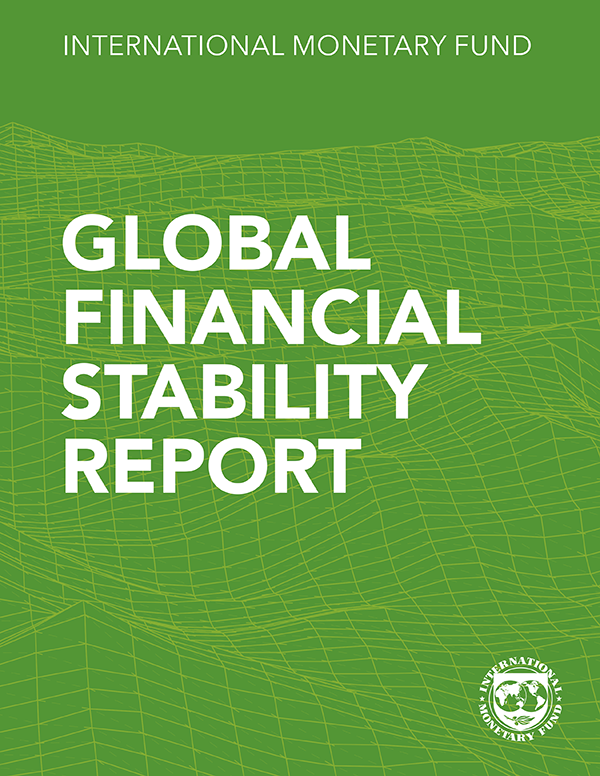Regional Economic Outlook: Sub-Saharan Africa

Still emerging from the COVID-19 pandemic, countries in sub-Saharan Africa have been hit by a sluggish global economy, worldwide inflation, high borrowing costs, and a cost-of-living crisis. In many cases, inflation is still too high, borrowing costs are still elevated, exchange-rate pressures persist, and political instability is an ongoing concern. To ensure that the coming rebound is more than just a transitory glimpse of sunshine, it is important for authorities to guard against a premature relaxation of stabilization policies, while also focusing on reforms to both claw back lost ground from the four-year crisis and also to create new space to address the region’s pressing development needs.
At a Crossroads: Sub-Saharan Africa’s Economic Relations with China
Sub-Saharan Africa has forged broadly beneficial economic ties with China over the last two decades. China has become the region’s largest trading partner, a major credit provider, and a significant source of foreign direct investment. However, China’s support to Africa has also faced some criticisms. Recently, China has retrenched its financing activities in sub-Saharan Africa amid a growth slowdown and reduced risk appetite. The projected future deceleration in China’s growth is likely to affect African trading partners negatively over the medium term, mainly through reduced trade. Therefore, it is crucial that countries in the region strengthen their resilience and implement structural reforms to foster economic diversification, deepen intraregional trade, enhance competitiveness, and catalyze domestic growth.
Debt Dilemmas in Sub-Saharan Africa: Some Principles and Trade-Offs in Debt Restructuring
Public debt in sub-Saharan Africa increased significantly over the last decade. Countries’ fiscal and public investment plans to meet development needs, fiscal slippages, and a series of shocks including the COVID-19 pandemic, climate-related events and natural disasters, and high international prices for food, fuel, and fertilizers after Russia’s invasion of Ukraine, all led to rising debt. More recently, market financing for many sub-Saharan African countries has dried up or become very expensive as advanced economies have raised interest rates to fight inflation and international investors grew more risk averse. Official financing flows are also trending downward relative to country economic size and financing needs. Scope to roll over maturing debt has reduced sharply, forcing countries to make difficult policy choices. In this context possible debt restructuring has come into focus for some countries managing debt vulnerabilities and risks to debt sustainability. This note describes the rise in debt and its changing features and explains the challenges and trade-offs in embarking on debt restructuring.
The Long Squeeze: Funding Development in an Age of Austerity
Sub-Saharan Africa is only now emerging from a series of unprecedented global shocks and is still in the grips of an acute funding squeeze. On the positive side, global inflation is receding, and international financial conditions are starting to ease. But the underlying funding challenge may still endure—the crisis has demonstrated the risks of relying on volatile private capital markets for development funding, while other traditional sources such as official development assistance and bilateral lending are shrinking. Funding for development seems likely to become increasingly scarce and ever more costly, making it more difficult for countries to sustain even current levels of per capita spending on priorities such as health, education, and infrastructure, much less increasing the spending required to meet the Sustainable Development Goals. But the region is far from powerless. More patient and less pro-cyclical private investment inflows remain a critical and underused resource, and there is significant scope for the region to accelerate investment-climate reforms while carefully considering the role of added public incentives. Ultimately and most important, domestic resource mobilization is the key to sustainable development. Boosting public revenues is clearly vital. But expanding the pool of private saving is also essential, and to this end, promoting financial market development and financial inclusion should also be a priority.
In Pursuit of Stronger Growth and Resilience
On the occasion of the World Bank-IMF Annual Meetings’ return to the African continent after 50 years—specifically to Marrakech, Morocco—this Special Issue on Africa discusses economic developments for the entire continent. After four years of crises and at the close of another difficult year, recent events, including the devastating earthquake in Morocco, severe floods in Libya, and the impact of Cyclone Freddy in Malawi, have underscored the continent’s ongoing vulnerability to natural disasters and the need to build resilience. In the near term, there are tentative signs that the outlook in many countries in Africa is improving. Inflation is generally easing, economic activity is starting to pick up, and fiscal imbalances are gradually moderating. However, significant challenges remain, and it is too early to celebrate. For too many countries, inflation is still too high, debt vulnerabilities remain elevated, and medium-term growth rates are too low. The international community should maintain and enhance a cooperative approach to the provision of global public goods. In the case of Africa, it is essential to support the region’s most vulnerable climate- and conflict-affected states.
Publications

-
September 2025
Finance & Development
- Stablecoins and the Future of Finance

-
July 2025
- Global Imbalances in a Shifting World

-
Regional Economic Outlooks
- Latest Issues














